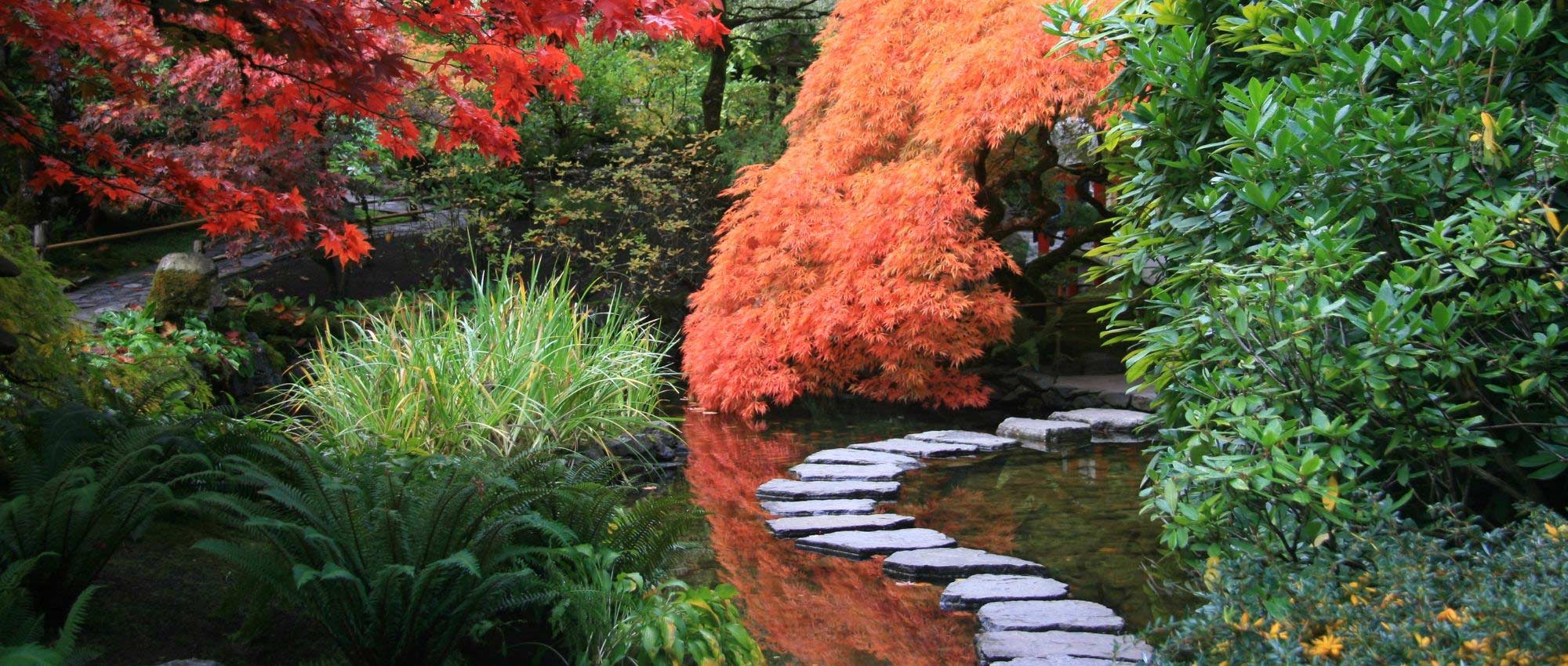
Japanese garden: 10 emblematic perennial plants
Create a zen garden
Contents
Japanese gardens, with their sober, pared-back style, invite contemplation. These gardens, which mimic natural landscapes, highlight topography, plant textures, mineral elements such as rocks and gravel, and water through waterfalls and ponds. Trees and bushes (often Japanese maples, cloud-pruned pines, rhododendrons, flowering cherry trees…) that structure these gardens are often accompanied by lower-growing plants to complete the picture. Discover our selection of perennial plants, ideal for Japanese gardens.
Hakonechloa macra
Hakonechloa macra is a very beautiful Japanese grass with linear foliage, gracefully arching towards the soil. The species has plain green leaves, but horticultural varieties can take different shades: some are golden, others are green, marginate with white or cream-yellow. Some turn orange in autumn (for example, Hakonechloa macra ‘Nicolas’). Hakonechloa forms beautiful, dense clumps made up of numerous leaves that cascade towards the soil. It is a very hardy plant that prefers shade and cool, fertile soils. It grows fairly slowly and does not exceed 50 cm in height. We particularly recommend variety Hakonechloa macra ‘Aureola’ for its superb golden foliage.
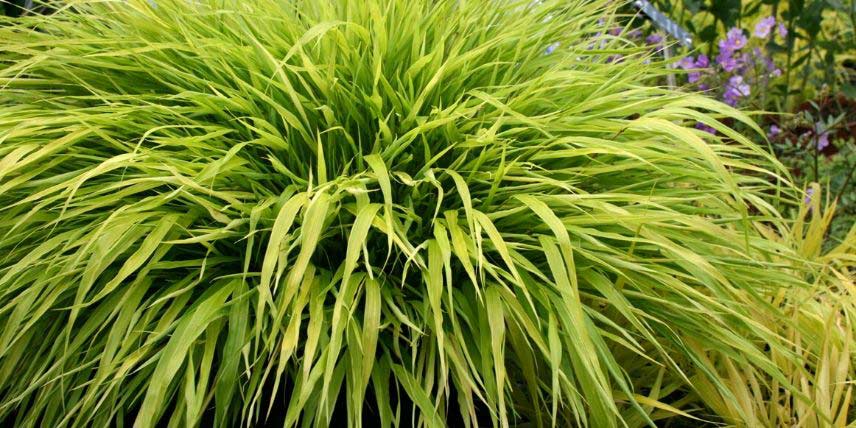
Hakonechloa macra ‘All Gold’
Read also
Create a Japanese or Zen gardenJapanese anemone
Superb rhizomatous perennial, Japanese anemone displays large white or pink flowers in autumn. Its flowering is bright, delicate and romantic. Different varieties reach between 50 cm and 1.20 m in height. For a zen garden, favour white-flowered varieties, such as ‘Honorine Jobert’, whose understated and chic flowering will integrate better into this type of garden than those with pink flowers. They bear superb pure-white flowers, with a cluster of yellow stamens at the centre of the petals. Japanese anemone is a very hardy plant and easy to grow, requiring little maintenance! It thrives in part shade, in humus-bearing, fertile and cool soil. Once established, it reflowers each year without requiring maintenance.
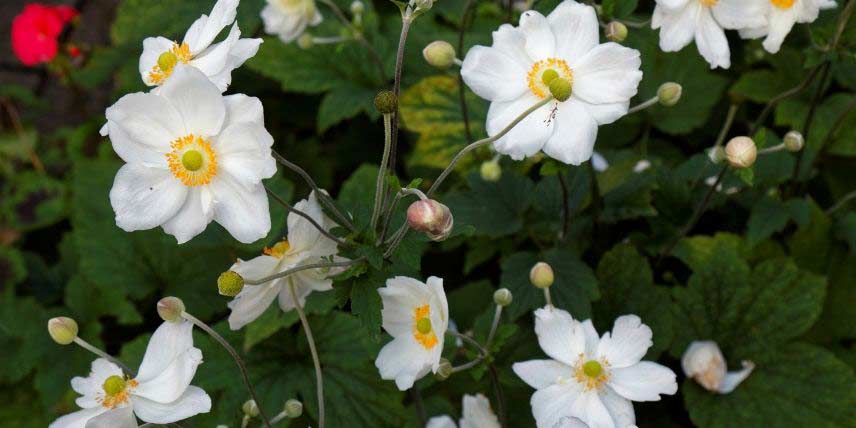
Anemone hupehensis (photo Acabashi)
Discover other Japanese gardens
View all →Available in 1 sizes
Available in 0 sizes
Available in 0 sizes
Available in 0 sizes
Available in 2 sizes
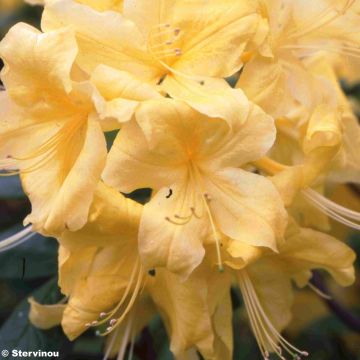
Available in 1 sizes
Available in 1 sizes
Available in 1 sizes
Available in 1 sizes
Available in 1 sizes
Hostas
Hostas offer exceptional diversity in foliage! Their leaves can be green, blue-tinged, golden, variegated with white, cream-yellow or grey… Some have large leaves while others are much smaller. In addition to their superb foliage, hostas produce delicate flowering in summer, in the form of clusters of white or mauve bell-shaped flowers. They are robust perennial plants, hardy, and long-lived! They thrive in shade, in cool soil. They suit perennial borders, woodland understorey or rock gardens, and are perfect as ground cover.
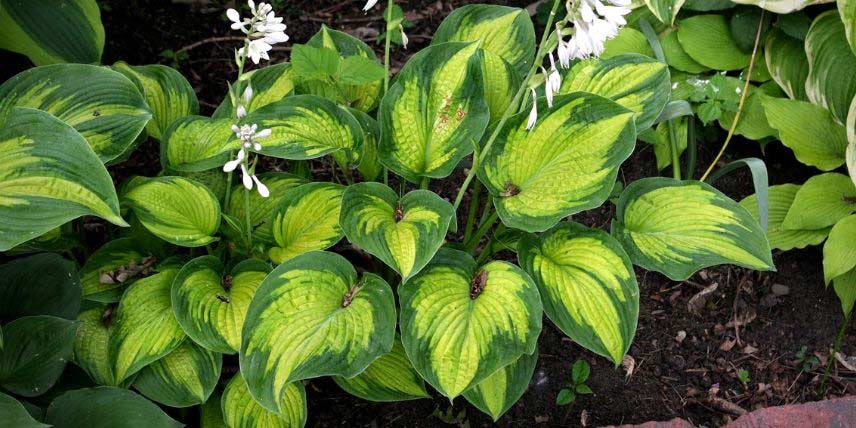
Hosta ‘Cadillac’
Sagina
Sagina, Sagina subulata, is a small spreading perennial plant, which spreads to cover the soil with its very fine, evergreen leaves. It does not exceed 5 cm in height! Its green, spreading and uniform appearance makes it resemble moss… However, it is distinguished by the charming small white flowers it bears in late spring to early summer! Sagina is ideal as a groundcover between paving joints, or in a rock garden among stones. It perfectly follows the contours! However, it does not like to be trodden on, so avoid planting it where it will be walked on. It grows fairly slowly and prefers partial shade. It requires little maintenance, apart from watering during dry spells.
In a very similar style, you can also choose Helxine (Soleirolia soleirolii), a groundcover plant that forms a uniform tapetum made up of small green leaves.
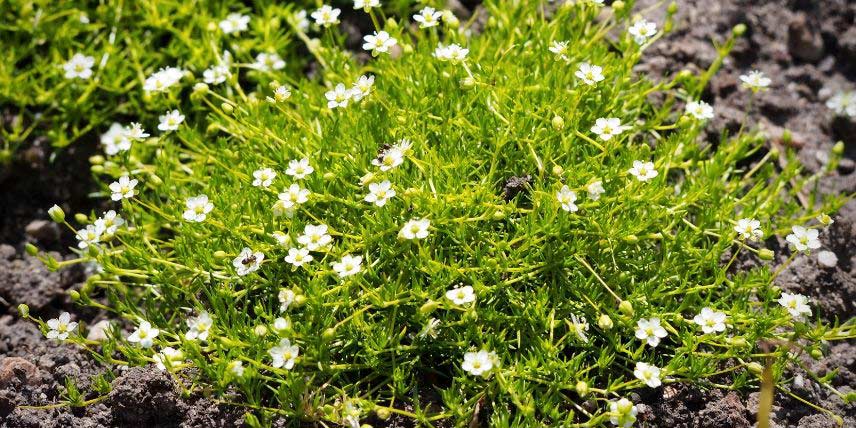
Sagina subulata (photo Agnieszka Kwiecień, Nova)
Ferns
With their delicate, finely divided fronds, ferns are plants with an incomparable graphic appeal! They form in spring charming croziers, which then unfurl to form large, flared crowns made up of divided fronds. They can be deciduous or evergreen. Overall, ferns thrive in shaded positions, in fresh, fertile soil. They constitute a very diverse group, encompassing thousands of species! For a Japanese garden, we recommend for example Cyrtomium falcatum, which bears evergreen, dark green and glossy fronds, resembling Mahonia foliage. Also discover Polystichum polyblepharum, also called Japanese lace fern, which bears large, dark green, very spreading fronds. Smaller, Athyrium niponicum is a charming fern available in different shades: silvery, purplish… If you want a truly original fern, discover Coniogramme emeiensis (bamboo fern), which bears green fronds striate with yellow.
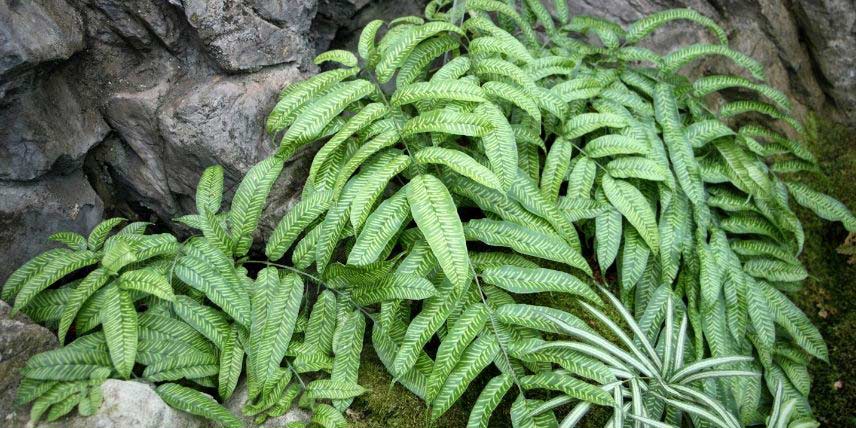
Coniogramme emeiensis (photo Cephas)
Japanese Irises
Iris ensata stand out for their particularly elegant summer flowering. Flowers can take various shades: white, blue, violet, pink, mauve… They consist of six petals, sometimes marked with darker striate markings. The centre is delicately maculate with yellow, which makes the flower even more captivating. These Iris reach between 60 cm and 1 m in height and have long, slender, upright green leaves. They prefer cool or moist soils, with a slightly acidic pH. You can easily plant them on pond banks. They have rootstocks that allow them to spread. Species such as Iris laevigata, Iris confusa and Iris japonica are also very well suited to Japanese gardens.
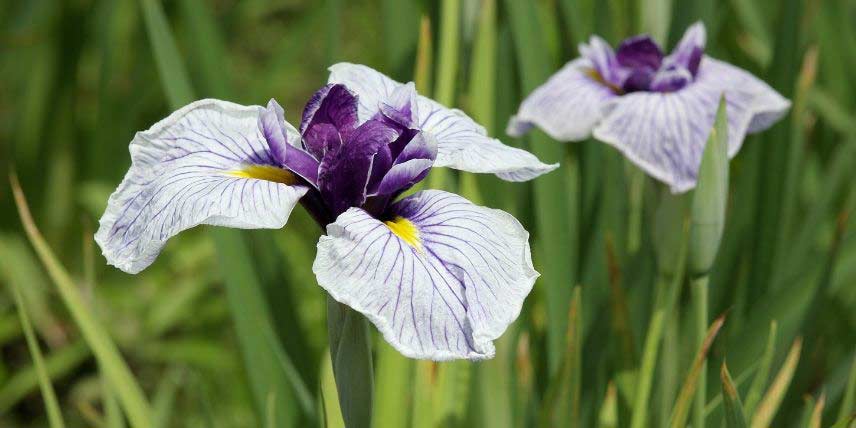
Iris ensata
Dwarf bamboos
Bamboos obviously have their place in zen gardens, but did you know there are dwarf varieties? Some reach no more than 30 cm in height! We particularly recommend Pleioblastus pygmaeus ‘Distichus’. It forms a dense tapetum, bearing small elongated green leaves of a lovely bright green. Apart from annual pruning at the end of winter to renew foliage, it requires little maintenance. It can be planted in sun or in shade, and tolerates drought. You can use it to form a tapetum in understorey, to create a dense low border, or to cover a slope. Place it where it can spread without encroaching on other perennials, or install an anti-rootstock barrier to contain its spread.
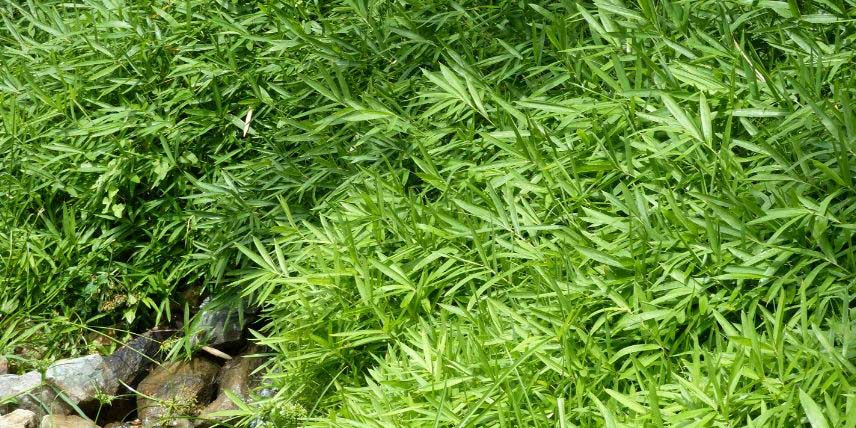
Pleioblastus pygmaeus ‘Distichus’
Astilbes
In summer, Astilbes unfurl superb feathery inflorescences in white, pink or red. They bring volume and brightness to borders! They produce impressive, dense, bushy foliage, with elegant dissected leaves divided into dentate leaflets. Some varieties have coloured leaves: red, purple, chocolate… Leaves are deciduous, dying back in autumn. Astilbes prefer cool, shaded positions. They thrive in heavy, marshy soils. Feel free to plant them along pond edges. These plants establish quickly and are long-lived.
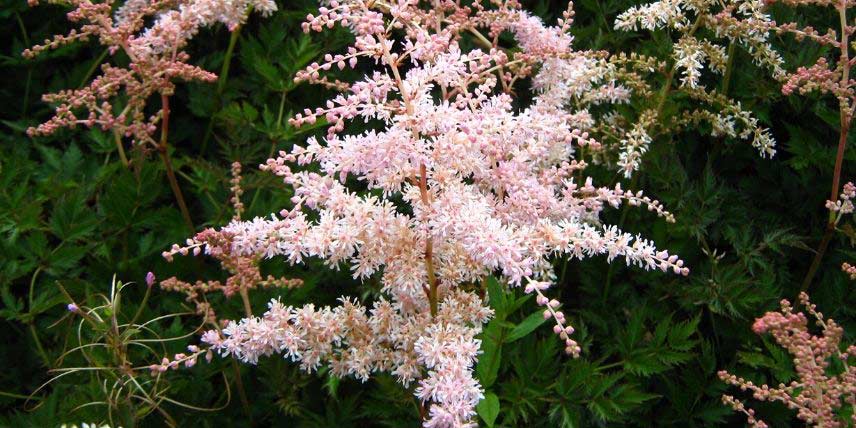
Astilbe ‘Pink Lightning’
Ophiopogon
Ophiopogon is a small tufted perennial with linear leaves that closely resembles grass. Depending on variety, its leaves are green or black. It thrives in shade, in fertile soil, and can be used in a perennial border or a rock garden. It is ideal for adding a contemporary, graphic style. Moreover, it is very easy to grow.
We particularly like Ophiopogon planiscapus ‘Nigrescens’ for its superb dark foliage. Don’t hesitate to create contrasts by pairing it with plants with light green or golden leaves, such as Hakonechloa macra.

Ophiopogon japonicus ‘Variegatus’
→ Watch Olivier’s video on Ophiopogon planiscarpus ‘Nigrescens’
Asian primroses
Asian primroses are quite different from smaller, better-known garden primroses. Unlike the latter, Asian varieties offer upright flowering: flowers are gathered in clusters on erect stems. Discover in particular Primula japonica, which produces flowers in various shades of pink. Petals are darker towards centre of the flower, which adds depth to the flowering. The bulleyana primroses are also interesting to grow. They bear bright orange inflorescences. Very elegant, Primula secundiflora bears at the top of erect stems clusters of bells nodding towards the ground.
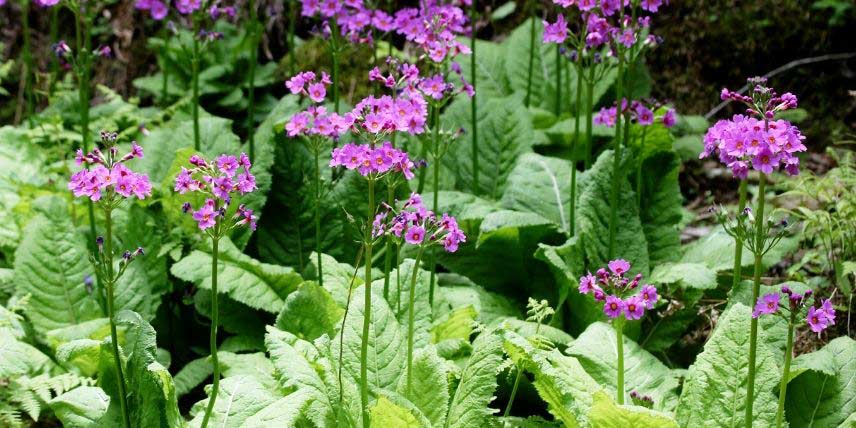
Primula japonica (photo Alpsdake)
- Subscribe!
- Contents
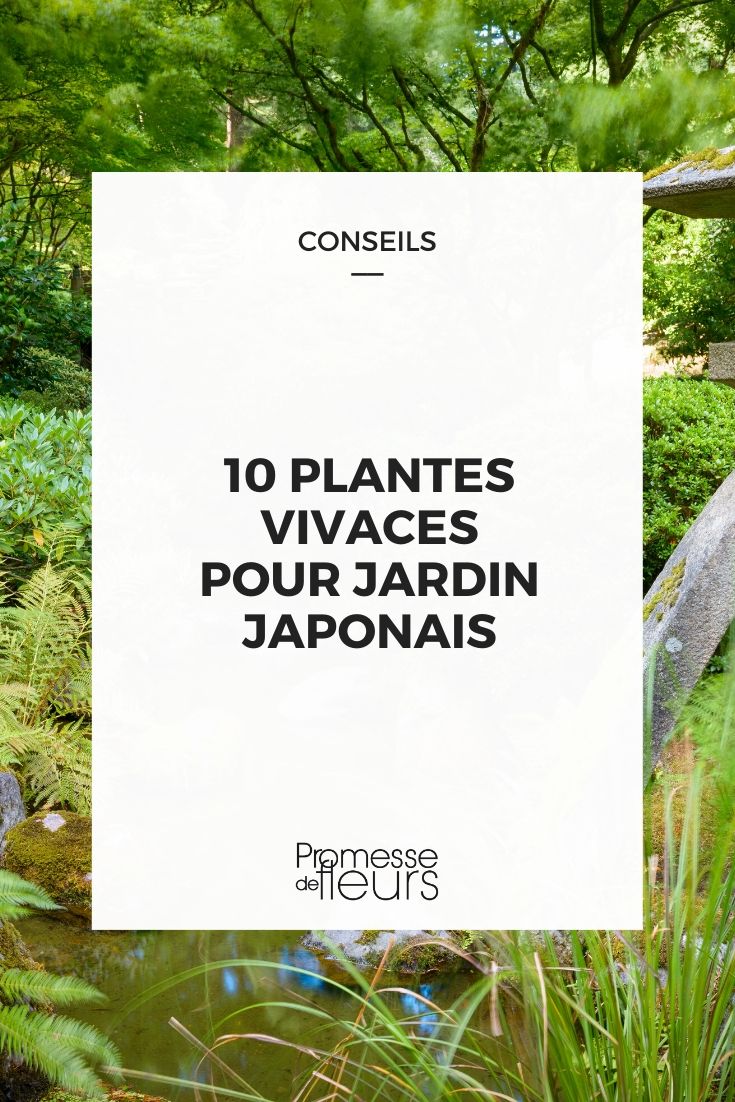































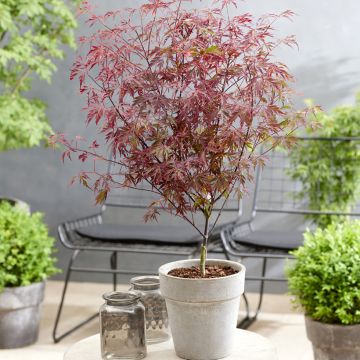
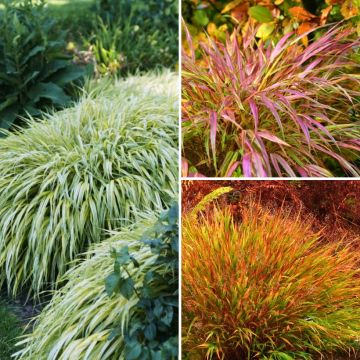

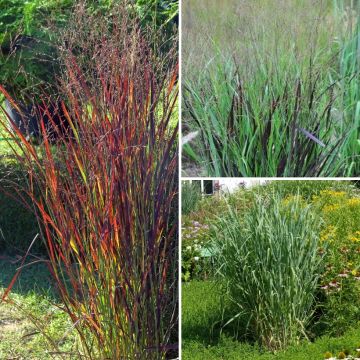
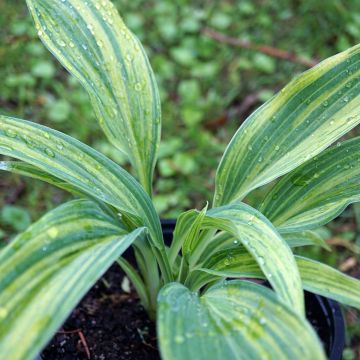
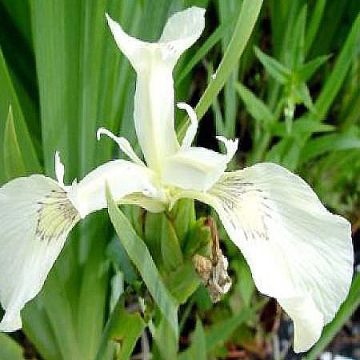
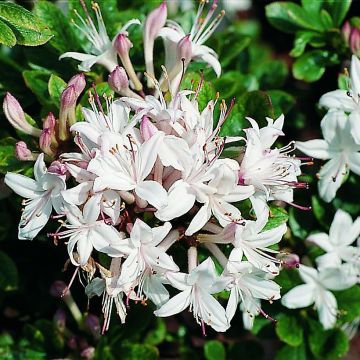
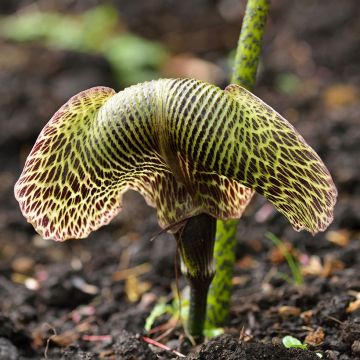
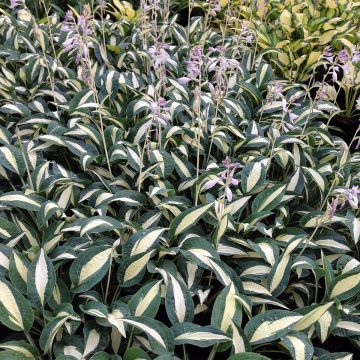
Comments